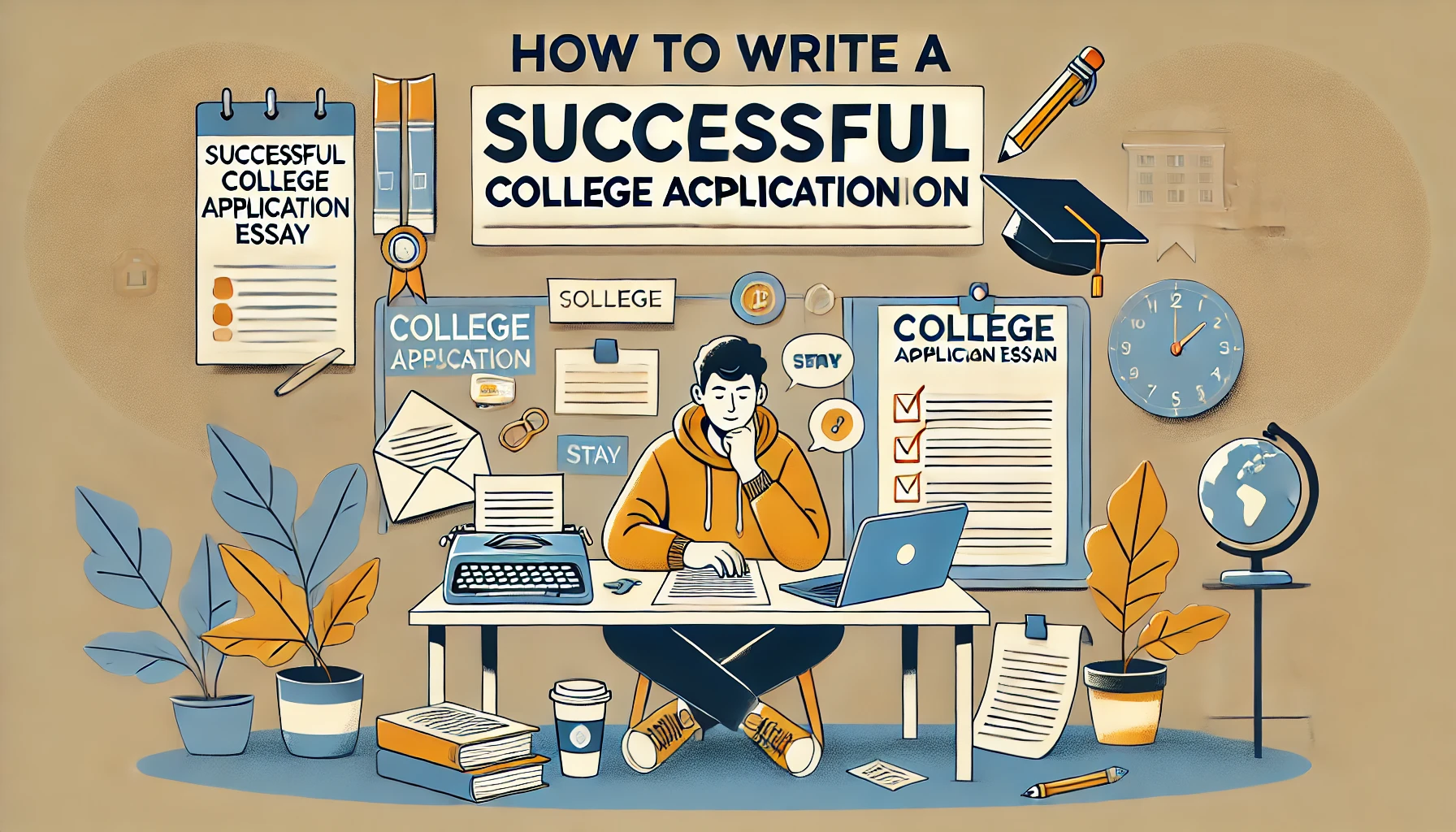Bridging the Skills Gap: How Colleges Can Prepare Students for the Future Workforce

The world of work is evolving at a rapid pace, driven by technological advancements, globalization, and changing market demands. As industries transform, so do the skills required to succeed in the workforce. However, a significant skills gap persists, with employers often struggling to find candidates who possess the right combination of technical and soft skills. This gap poses a critical challenge for colleges and universities, which play a vital role in preparing students for the future workforce. To effectively bridge this gap, institutions must rethink their approaches to education, ensuring that students are equipped not only with academic knowledge but also with the skills needed to thrive in an ever-changing job market.
Understanding the Skills Gap
The skills gap refers to the disconnect between the skills that employers need and the skills that job seekers possess. This gap is particularly pronounced in fields such as technology, healthcare, and engineering, where rapid advancements and evolving job roles outpace the traditional educational curriculum. Employers are increasingly looking for candidates with a blend of technical proficiency, problem-solving abilities, and strong interpersonal skills, yet many graduates lack these competencies upon entering the workforce.
Several factors contribute to the skills gap, including outdated curricula, insufficient industry partnerships, and a lack of emphasis on experiential learning. As automation and artificial intelligence continue to reshape job roles, the demand for skills such as data analysis, coding, critical thinking, and adaptability has surged. However, many colleges have been slow to update their programs to reflect these changes, leaving graduates underprepared for the realities of the modern job market.
Key Strategies for Bridging the Skills Gap
1. Integrating Industry-Relevant Skills into the Curriculum
To prepare students for the future workforce, colleges must align their curricula with industry needs. This requires ongoing collaboration with employers to identify the skills that are most in demand and to incorporate these skills into academic programs. For example, incorporating courses in coding, data science, digital marketing, and project management can help students gain practical, job-relevant skills.
Many institutions are turning to advisory boards composed of industry professionals to help guide curriculum development. These boards provide valuable insights into current trends, emerging technologies, and the skills that employers are seeking. By leveraging this industry input, colleges can ensure that their programs remain relevant and responsive to the needs of the job market.
2. Emphasizing Experiential Learning and Internships
Experiential learning opportunities, such as internships, co-ops, and project-based learning, are essential for helping students gain real-world experience and develop practical skills. Internships, in particular, provide students with hands-on experience in their field of study, allowing them to apply what they have learned in the classroom to real-world scenarios. This not only enhances their technical skills but also helps them develop critical soft skills such as communication, teamwork, and problem-solving.
Colleges can strengthen their partnerships with local businesses and organizations to create more internship and co-op opportunities for students. These experiences are invaluable in preparing students for the workforce, as they provide a glimpse into the professional world and help students build networks that can lead to future employment opportunities.
3. Fostering Soft Skills Development
While technical skills are important, soft skills—such as communication, leadership, adaptability, and emotional intelligence—are equally crucial in the modern workplace. Employers consistently rank these skills as some of the most important attributes they look for in candidates, yet they are often overlooked in traditional academic programs.
To address this, colleges should integrate soft skills training into their curricula through workshops, courses, and extracurricular activities. For example, public speaking classes, group projects, leadership development programs, and mentorship opportunities can all help students hone these vital skills. By emphasizing soft skills, colleges can better prepare students to navigate complex work environments and collaborate effectively with others.
4. Leveraging Technology and Online Learning Platforms
Technology is reshaping education just as it is reshaping the workplace. Online learning platforms, virtual simulations, and digital tools can help students gain critical skills in a flexible and accessible manner. Colleges can incorporate these technologies into their teaching strategies to enhance learning outcomes and provide students with the skills needed in a digital-first world.
Platforms such as Coursera, LinkedIn Learning, and edX offer a wide range of courses that can supplement traditional education, allowing students to learn at their own pace and acquire skills that may not be covered in their primary coursework. By encouraging students to explore these resources, colleges can help them develop a broader skill set that aligns with current industry demands.
5. Creating Career Services and Job Placement Support
Robust career services are essential for helping students transition from college to the workforce. Colleges should offer comprehensive career counseling, resume building, interview preparation, and job placement assistance to support students in their job search. Additionally, career services should maintain strong relationships with employers to facilitate job placements and stay informed about the latest industry trends.
Many colleges are also adopting job placement technologies that match students with potential employers based on their skills, interests, and career goals. These platforms use algorithms to connect students with job openings that align with their qualifications, making the job search process more efficient and targeted.
Challenges in Bridging the Skills Gap
1. Resistance to Change in Academic Institutions
One of the significant challenges in bridging the skills gap is the inherent resistance to change within academic institutions. Traditional curricula and teaching methods are often deeply entrenched, and updating them to reflect modern workforce needs can be a slow and complex process. Faculty may resist changes that require them to alter their teaching methods or adopt new technologies, and institutions may face bureaucratic hurdles when trying to implement new programs.
To overcome this challenge, colleges need to foster a culture of continuous improvement and innovation. Encouraging faculty development, investing in new teaching technologies, and actively seeking input from industry partners can help institutions become more agile and responsive to changing workforce demands.
2. Ensuring Equity and Access to Skills Training
Equity and access are critical considerations when addressing the skills gap. Not all students have equal access to resources such as internships, technology, and career services. This disparity can widen the skills gap for underrepresented and underserved student populations, making it harder for them to compete in the job market.
Colleges must prioritize inclusive practices that ensure all students have access to skills training and career opportunities. This can include offering scholarships for low-income students to participate in unpaid internships, providing technology access through on-campus resources, and creating mentorship programs that connect students with professionals in their field of interest.
3. Keeping Pace with Rapid Technological Change
The rapid pace of technological change presents another challenge for colleges trying to bridge the skills gap. New technologies and job roles are emerging faster than traditional education systems can adapt. As a result, some graduates find that the skills they learned during their college years are already outdated by the time they enter the workforce.
To address this, colleges must adopt a forward-thinking approach, continuously updating their programs and curricula to keep pace with industry changes. This can include incorporating emerging technologies such as artificial intelligence, blockchain, and cybersecurity into academic programs, as well as offering micro-credentials and short courses that allow students to quickly gain new skills as the job market evolves.
The Future of Workforce Preparation in Higher Education
The future of workforce preparation in higher education will require a shift from traditional, lecture-based learning to more dynamic, skills-focused education models. Institutions that embrace innovation, foster strong industry partnerships, and prioritize hands-on, experiential learning will be best positioned to prepare students for the future workforce.
Micro-credentials and digital badges, which recognize specific skills and competencies, are likely to become more prevalent as a way to certify job-ready skills. These credentials provide a flexible and targeted approach to learning, allowing students to demonstrate their abilities in a way that is directly aligned with employer needs.
Moreover, lifelong learning will become increasingly important as professionals need to continuously update their skills to keep pace with changing job requirements. Colleges can support this by offering continuing education programs, alumni access to online learning resources, and partnerships with employers to provide on-the-job training and upskilling opportunities.
Conclusion
Bridging the skills gap is a complex challenge that requires a multifaceted approach from colleges and universities. By aligning curricula with industry needs, emphasizing experiential learning, fostering soft skills development, and leveraging technology, institutions can better prepare students for the demands of the modern workforce. Overcoming the challenges of resistance to change, ensuring equity, and keeping pace with technological advancements will be essential to this effort.
Ultimately, colleges have a critical role to play in shaping the future workforce. By embracing innovation and prioritizing skills development, they can equip students with the tools they need to succeed in a rapidly changing world and help close the skills gap that currently hinders economic growth and opportunity.




